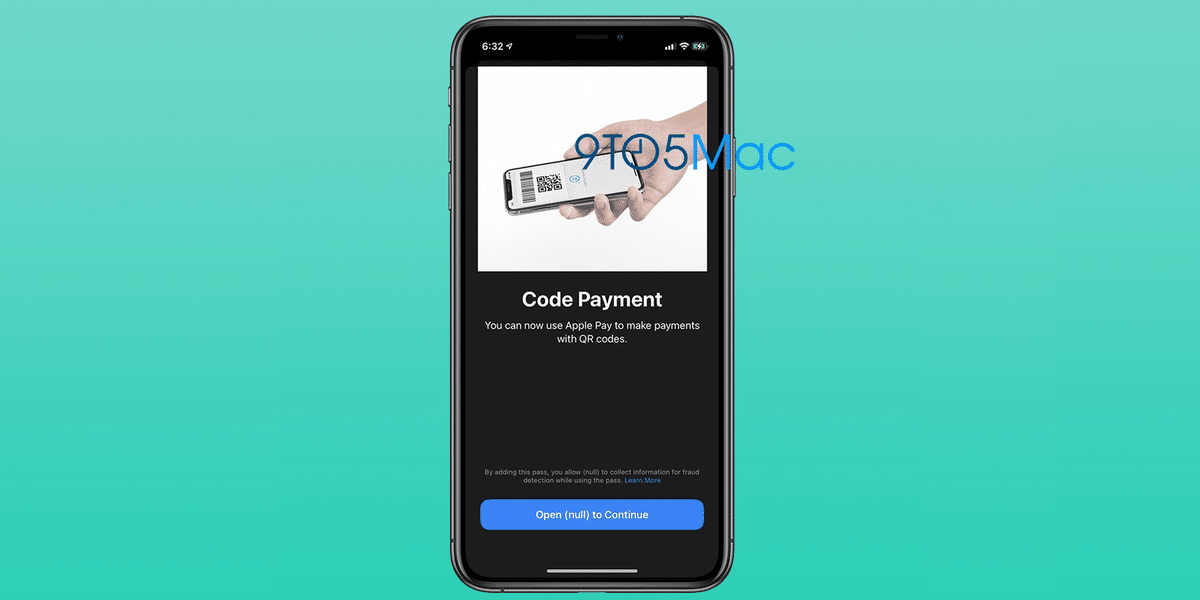
It's funny to see how QR codes are back to stay, some codes that we saw back in 2010 as an advertising medium on our streets or in magazines and newspapers, and that were used to direct us to web pages of the product that they sold us. Denossed, now they return to our days with more prominence than ever. We have seen them in our entrances, in our plane tickets, and due to the situation created by the Coronavirus, they have become the essential mechanism to be able to consult the menus of bars and restaurants. More profits? Sure, Apple also uses them, and it seems that they will be a new form of payment with Apple Pay. After the jump we give you all the details of the payments through QR codes.
As you can see in the image that heads this post, the guys at 9to5Mac have discovered in the iOS 14 beta 2 code the screen that we show you. It still does not work, but in it we can see how the iPhone could focus a QR code or a conventional barcode to make payments with a card registered in Apple Pay. As they count, would also work in reverse, our device would generate a QR code that would be used by the merchant to scan it and process the payment with our Apple Pay cards. It is very useful since if businesses do not have dataphones with NFC they could use this system for business financial transactions.
It's not new no, this system It is already used by third-party apps such as some restaurants or gas stations, but being under the Apple Pay umbrella can give us a little more security. In addition, this code has been found in a public API of the system, so you would expect it to be compatible with third-party apps.